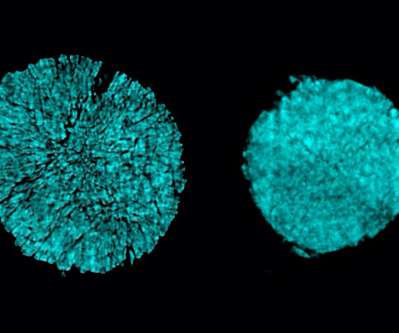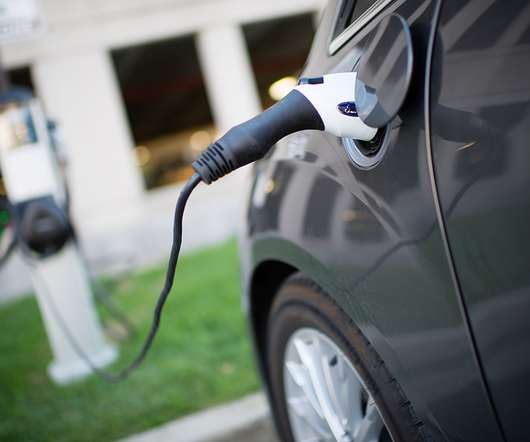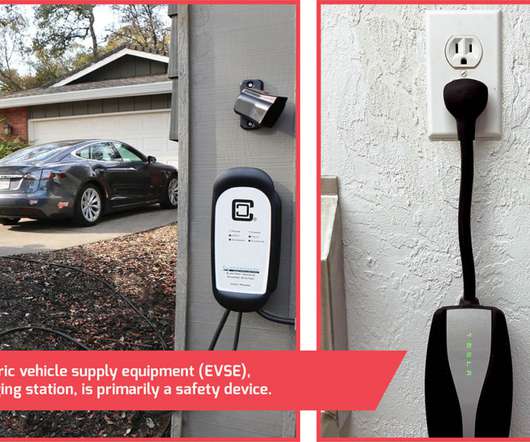MIT electrolyte enables ultra-high voltage Ni-rich cathodes in Li-metal batteries
Green Car Congress
MARCH 26, 2021
V in lithium-metal batteries (LMBs). In a paper in the journal Nature Energy , the MIT team reports that a lithium-metal battery with the electrolyte delivers a specific capacity of >230?mAh?g V lithium-metal battery can retain >88% capacity for 90 cycles. O 2 cathode with a cut-off voltage up to 4.7?V






























Let's personalize your content